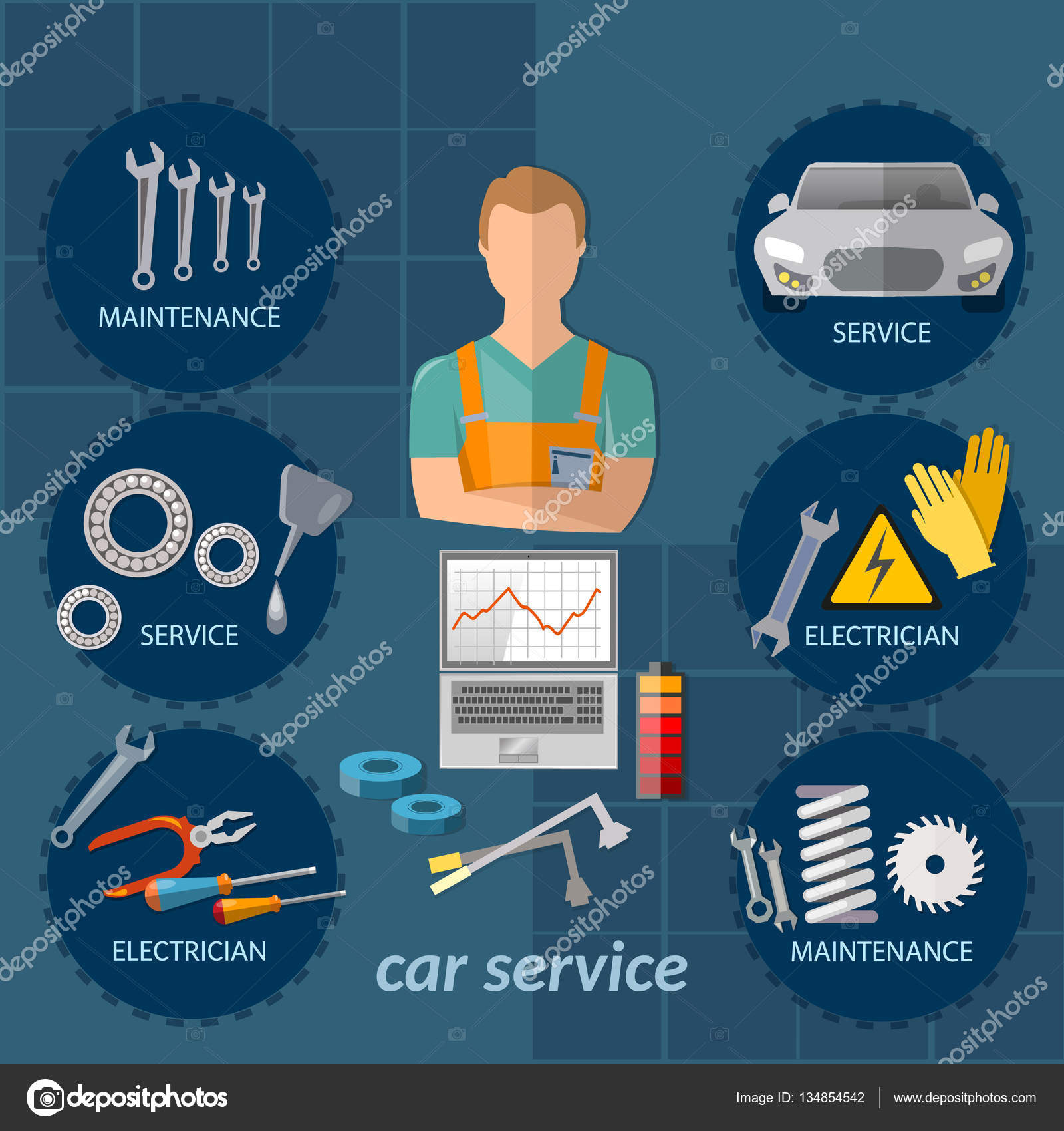Understanding The Significance Behind Your Car'S Caution Lights: An Extensive Appearance
Understanding The Significance Behind Your Car'S Caution Lights: An Extensive Appearance
Blog Article
Content Author-Boye Shepherd
When you're behind the wheel, those beautiful caution lights on your dashboard can be a little bit puzzling. Do you recognize what they're attempting to tell you about your automobile's health and wellness? Comprehending the importance of these lights is essential for your safety and security and the long life of your automobile. So, the following time one of those lights turns up, wouldn't you want to decode its message precisely and take the essential actions to address it?
Common Warning Lighting and Interpretations
Identify usual warning lights in your automobile and recognize their definitions to guarantee risk-free driving.
One of the most regular caution lights consist of the check engine light, which indicates issues with the engine or exhausts system. If this light comes on, it's crucial to have your vehicle examined without delay.
click the up coming web page warning light indicates reduced oil pressure, calling for instant focus to stop engine damage.
A blinking battery light might suggest a malfunctioning billing system, possibly leaving you stranded otherwise resolved.
The tire pressure surveillance system (TPMS) light notifies you to reduced tire stress, affecting car security and gas performance. Disregarding this might result in hazardous driving conditions.
The abdominal light suggests a trouble with the anti-lock stopping system, compromising your ability to quit rapidly in emergencies.
Lastly, the coolant temperature level alerting light warns of engine getting too hot, which can lead to extreme damages otherwise settled quickly.
Understanding these usual caution lights will certainly help you resolve issues promptly and preserve risk-free driving problems.
Value of Prompt Interest
Understanding the typical caution lights in your car is only the primary step; the relevance of quickly dealing with these cautions can't be stressed sufficient to guarantee your security when traveling.
When a caution light brightens on your dashboard, it's your vehicle's method of connecting a potential concern that needs interest. Neglecting these cautions can bring about a lot more serious problems later on, jeopardizing your security and potentially costing you more out of commission.
Prompt focus to advising lights can avoid breakdowns and crashes. For example, a blinking check engine light could indicate a misfire that, if left ignored, might cause damage to the catalytic converter. Addressing this quickly can conserve you from a pricey repair service.
In a similar way, a brake system alerting light might indicate reduced brake fluid or worn brake pads, important components for your safety and security when driving.
DIY Troubleshooting Tips
If you observe a caution light on your dashboard, there are a couple of DIY troubleshooting ideas you can attempt before seeking specialist assistance.
The primary step is to consult your car's handbook to recognize what the particular warning light indicates. Sometimes the problem can be as basic as a loosened gas cap causing the check engine light. Tightening the gas cap might settle the issue.
Another typical concern is a reduced battery, which can trigger different warning lights. Inspecting the battery links for deterioration and ensuring they're safe and secure could deal with the trouble.
If a caution light persists, you can try resetting it by disconnecting the cars and truck's battery for a few mins and then reconnecting it. Additionally, examining your car's fluid levels, such as oil, coolant, and brake liquid, can help repair advising lights connected to these systems.
carcleaningproductsnz
To conclude, comprehending your vehicle's warning lights is necessary for maintaining your car running smoothly and safely. By quickly resolving these alerts and understanding what they mean, you can avoid expensive repair services and possible breakdowns.
Remember to consult your cars and truck's handbook for specific information on each alerting light and do something about it appropriately to guarantee a trouble-free driving experience.
Keep informed, stay secure when traveling!
